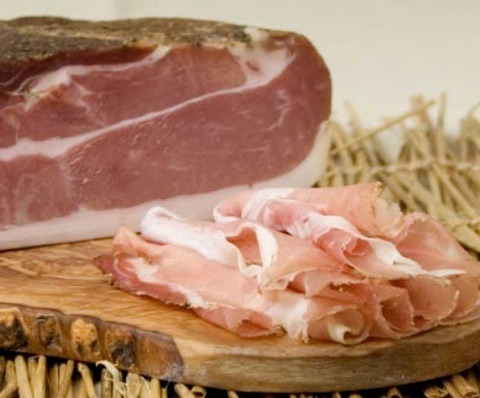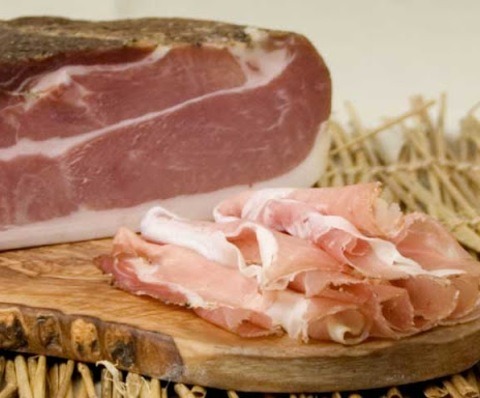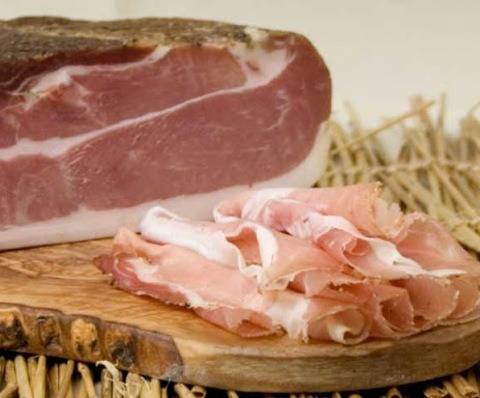#canederli
Explore tagged Tumblr posts
Text



In un'altra vita ero sicuramente una montanara
24 notes
·
View notes
Photo
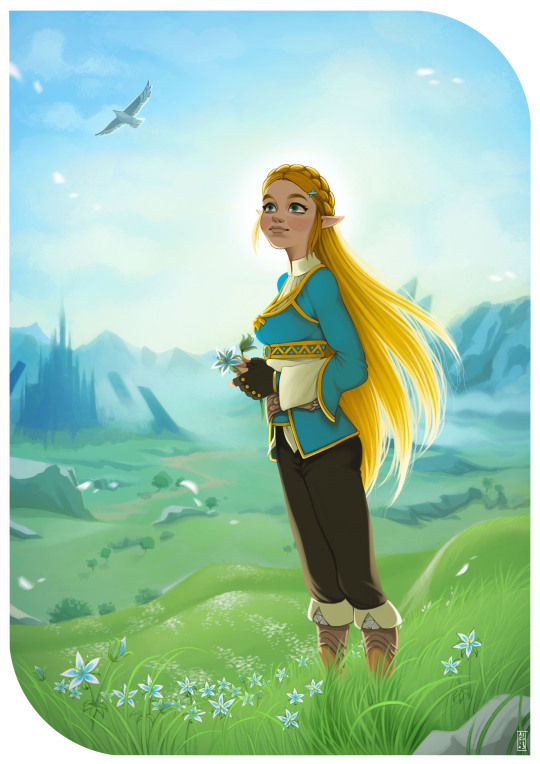
Still haven’t played Tears of the Kingdom but I got this Zelda commission to stay on theme! 👑⚔️
If you want to commission me a similar piece, or simply follow or support me, you can find all my useful links and contacts HERE. 💚
#zelda#botw#switch#games#nintendo#breath of the wild#tears of the kingdom#the legend of zelda#illustration#art#commission#artista#illustrazione#commissioni#canederli#collettivo canederli#asia marianelli#marianelli#princess#principessa#link#videogiochi
32 notes
·
View notes
Text
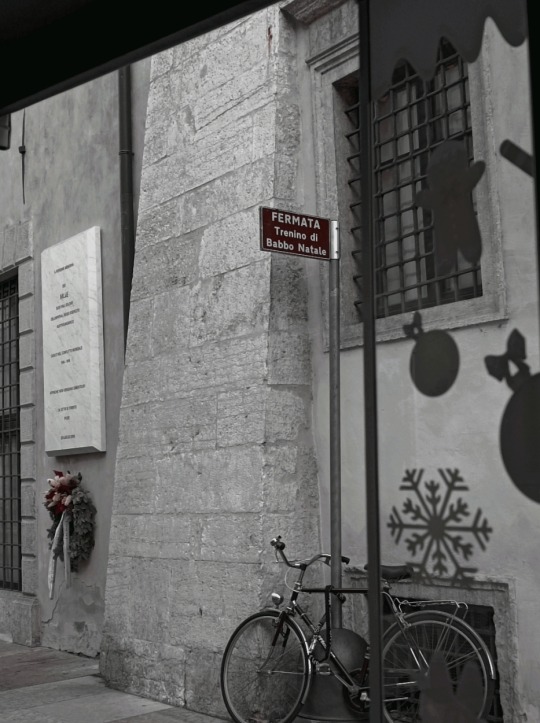


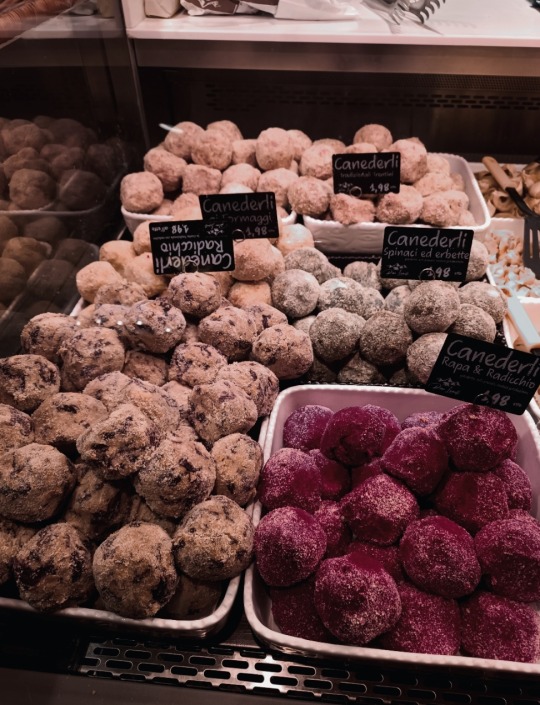

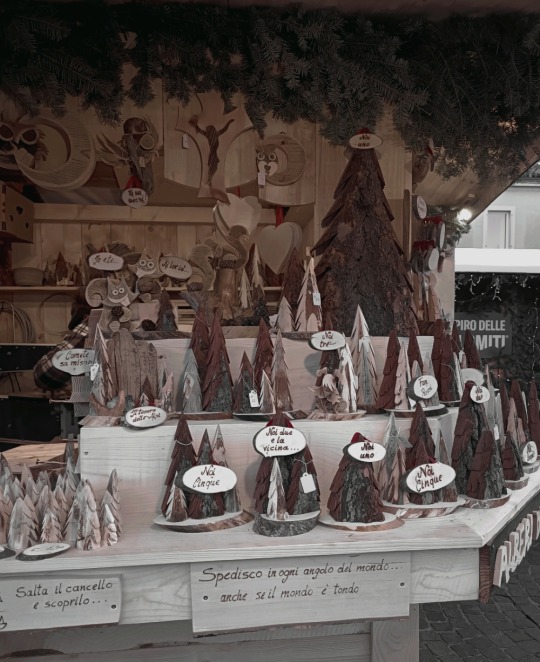
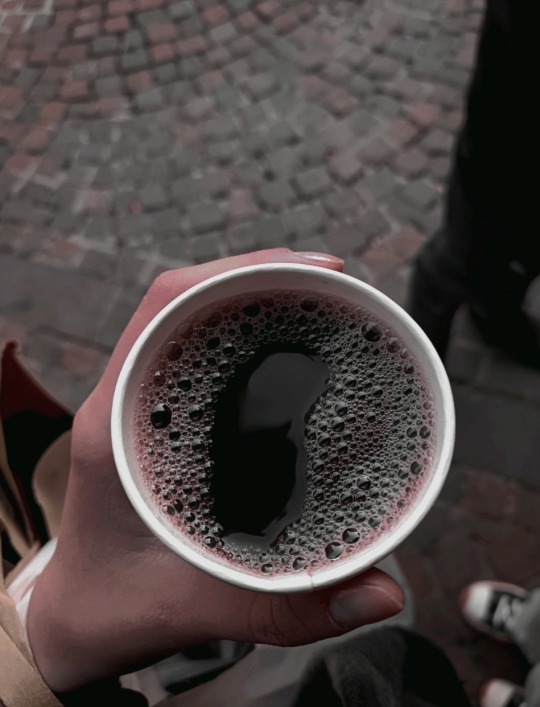

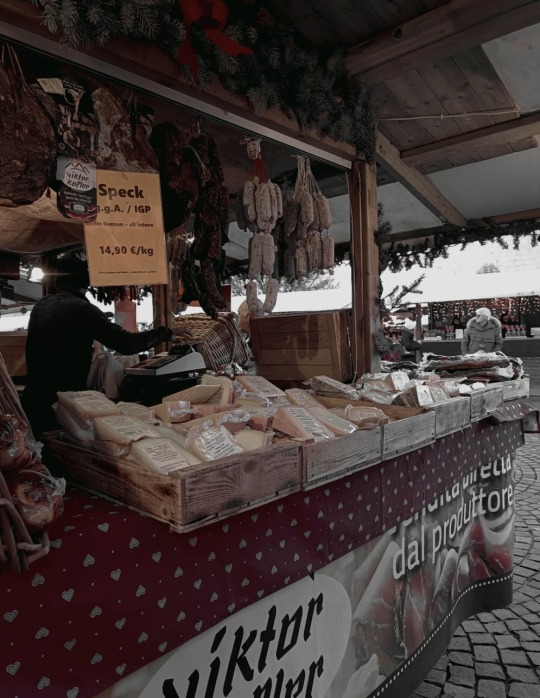
🎄🎅
#tumblr#italy#aesthetic#aesthetics#natale#mercatini#vin brulé#canederli#trentino#trento#italia#christmas#day off#Spotify
9 notes
·
View notes
Text
Canederli dall'AltoAdige alla Sicilia
Canederli dall’AltoAdige alla Sicilia Canederli dall’AltoAdige alla Sicilia Lo scorso fine settimana siamo stati a Bolzano per un concerto a favore del telefono Azzurro, l’evento è stato organizzato dagli amici del coro “le pleiadi”. Oltre di averci allietato con la loro performance, ci hanno accompagnato a visitare Bolzano e ci hanno fatto assaggiare le specialità culinarie della zona. Visto che…
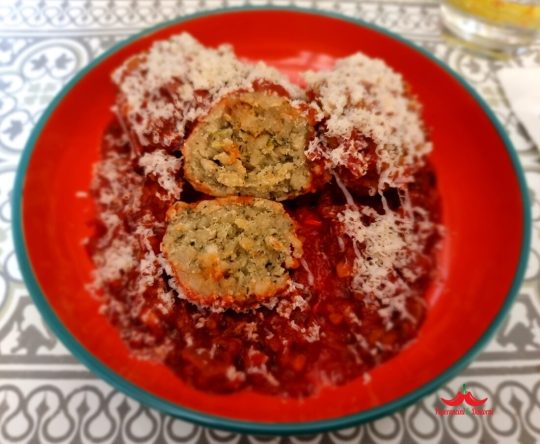
View On WordPress
0 notes
Note
What cooking shows are you watching?
Earlier it was a show in which two celebrities take over a professional kitchen and cook for the restaurant customers, owner and two judges. Sometimes they do really good, sometimes complete disasters. It's cool to see VIPs cooking, how they move in a kitchen. Now, the latest edition of my country's Masterchef. I really like competitive cooking shows. I learn a lot through them, though I don't cook much- but every time I do I always make something really good. I learned how to bake a perfect chocolate lava cake, for example.
#but i modified the recipe to use less chocolate and vegetable oil instead of butter to make it lighter#i have a problem with butter. too fat for my taste#and yesterday i made breadballs called canederli in italian or knodel in german and boy were they good#approved by both my parents who are great cooks#ask#anon ask#thank you!!! :D
0 notes
Text

The Oxford Companion to Italian Food by Gillian Riley
Bella Italia! From dumplings to balsamic vinegar, The Oxford Companion to Italian Food by Gillian Riley covers Italy from top to toe.
The variety of Italian food is giddying. No other national cuisine incorporates dishes as diverse as the canederli (dumplings) of the mountainous Trentino region and the couscous of western Sicily, or the wine-infused brasato (pot roast) of Piedmont and the balsamic vinegar of Modena, or the piadina (flatbread) of Romagna and the pane carasau (something like a poppadom) of Sardinia. And despite all the talk of how traditional Italian food is, the great gastronomic mosaic that is Italy continues to shift as it has throughout history; novelties continue to appear: ciabatta was invented by a baking entrepreneur from near Rovigo in the early 1980s.
As if comprehending this cornucopia were not already a daunting enough challenge for the food lover, Italians have made the task even tougher by disseminating endless myths and misconceptions. Everywhere one goes, the people in one small town will swear blind that their salami, their cheese, their nougat is a distinct and altogether more delicious creation than the identical version available across the valley. Then of course there is the peninsula's babel of dialects. There are few uniform terms for even the simplest things. A "World Directory of Pasta Shapes and Names" recently compiled by Italian manufacturers lists 142 different labels for types of pasta - and that's just the ones beginning with C.
For all of these reasons, anyone setting out to write an encyclopedic guide to the thousand cuisines of Italy needs to be brave, brilliant, learned and almost certainly a little unhinged. To judge by her marvellous Oxford Companion to Italian Food, Gillian Riley is all of these things.
Her book is a grand buffet of curious delights. Riley writes to entertain as well as to inform, and never holds back when there is a choice anecdote to relate. We are told how to create a table-top rocket by applying a match to the rolled wrapper of an amaretto biscuit, and how the fettuccine Alfredo that appear on every Italian restaurant menu in the US were invented to charm Douglas Fairbanks and Mary Pickford on their Roman honeymoon.
Understandably, there are also times when Riley seems to get lost in her own erudition. The notion of tipicità, literally "typicality", is fundamental to the way Italians think about their food: it means the way a dish typifies or embodies its place of origin. Riley uses it, in Italian, without explanation and without an entry of its own. She also refers constantly to the great cookery writers of earlier eras. Figures such as Platina, Scappi, Corrado and Artusi have fascinating stories of their own, and they are hugely important in the long history of Italian food. But repeated cross-referencing to these and other names will probably become tiresome for the uninitiated. The occasional entry, like the one on "Apician flavour", is plain baffling, giving the impression of the author muttering to herself. As someone who has spent years trying to get the measure of Italian cuisine, I can only sympathise.
Riley's prevailing tone echoes that of a highbrow tourist bible from an earlier era - a Baedeker or a Blue Guide. So when she writes on the Italian regions, for example, she tends to see the landscape, the legacy of ancient Greece and Rome, and the Renaissance. For my taste at least, The Oxford Companion to Italian Food cites far too many paintings by old masters - on no stronger grounds than that they portray some vegetable or other. Riley has written beautifully on food in art before, but her entry on "Artists" here amounts to an attempt to justify alluding to every artichoke and cauliflower in the Uffizi gallery. On more recent history and culture, Riley is often breezy and unconvincing. The "economic miracle", from 1958-63, is described as a "wave of easy living". Yet, for good and ill, the kind of historical forces that were at work during the miracle - mass migration, industrialism, urbanisation, modern transport, women's entry into the labour market - have shaped the way Italians eat in far more important and fascinating ways than have Virgil or Caravaggio.
The book is at its best when it distils the experience of countless cooks, and blends its learning skilfully with a mouth-watering sense of texture and flavour. Try the page on "Panzanella" for starters, followed by "Salmoriglio" and "Snail", and finished off with "Parmesan" and "Crumiri". Delicious. Riley is never reluctant to express a personal opinion, or intrusive when she does so. Her scepticism about the recent nostalgia for cucina povera ("poor cuisine") is sane and refreshing. She is also good at poking fun at how we garble the grammar of Italian eating. In Italy, nobody "drizzles" olive oil, or puts out a dish of it to dip bread in at the start of a meal.
The Oxford Companion to Italian Food may be eccentric at times, but it is essential browsing for the serious Italo-foodie.
🔴 Be warned: it will also make your copy of Jamie's Italy seem embarrassingly lightweight.
Daily inspiration. Discover more photos at Just for Books…?
11 notes
·
View notes
Text
la gonna a matita
Dice Vogue Italia che è tornata la gonna a matita, un classico di eleganza senza tempo, ma per indossare la gonna a matita ci vuole una donna a matita con i fianchi a matita, e chi li ha invece a viola d'amore dovrà in qualche modo procedere piuttosto speditamente alla matitizzazione della sua figura se non vorrà ritrovarsi tagliata fuori dal trend del momento (alla donna moderna è richiesto il cambio della silhouette con cadenza stagionale FW/SS, una stagione va la donna chiatta, quella dopo la donna piatta; "chiatta" si fa per dire, perché gli stilisti, per deformazione professionale, guardano alla donna essenzialmente come un'esile gruccia su cui appendere le loro striminzite taglie 38, perché gli costa la stoffa). A noi cultori delle culottes de cheval queste miserie fanno sorridere, noi sacerdoti del culto di Afrodite Callipigia e della Venere di Willendorf (che poi, a dispetto del nome altisonante, sembra essere stata realizzata nella zona dell'Alto Garda, specialità i canederli in brodo). La gonna a matita mi mette una mestizia, ma una mestizia, che per riprendermi dovrò disegnare per un mese solo donne cannone (e con le mani amore, per le mani ti prenderò, e senza dire parole nel mio cuore ti porterò).
12 notes
·
View notes
Note
Com’è stato il tuo Natale?
Pieno di bei film, canederli e vinello
11 notes
·
View notes
Text
Ieri ho passato la vigilia a casa di amici di famiglia che mi sento di definire così anche se mia mamma e questa sua amica non si sono parlate per venti anni. Lei laureata in lettere e poi adesso in psicologia, vegetariana, con una casetta in pietra bellissima. mi auguro di diventare così. Oggi a pranzo mangio i canederli che ho portato da rovereto e leggo con le candele accese (poi a un certo punto studierò e andrò a correre). Pranzo con famiglie di famiglie di famiglie di famiglie: scampato.
8 notes
·
View notes
Text

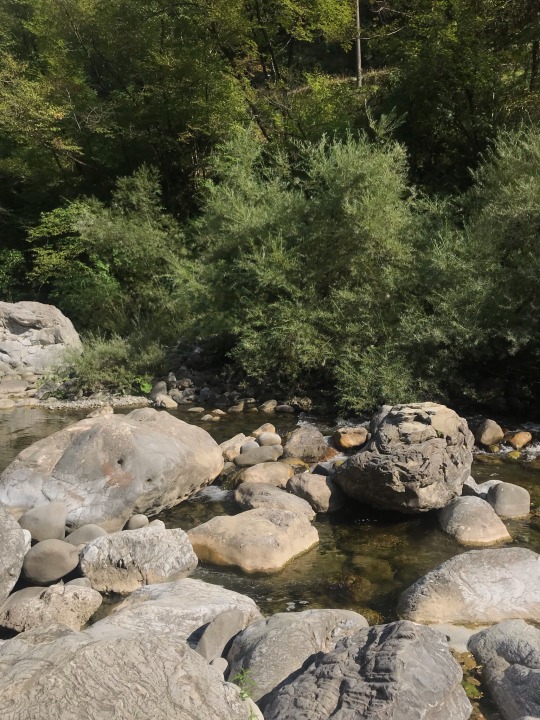


agosto fin qui, tra posti e persone diverse, camminate in vetta a 2.517 m e poi festival transfemministi di provincia, canederli altoatesini e schiacciate toscane. grazie montagne, grazie torrente, grazie persone, grazie corpo, grazie caso per avermi posto in questo momento. che bello guardare da qui certe cose passate - che sollievo poter respirare dentro questo momento
13 notes
·
View notes
Note
the idiot on that post who doesn't know about cacio e pepe, white pizza, and countless other dishes...
but you know what's funny. they just sound mad europeans managed to also make iconic use of 'their' ingredients. well do better yourself then !
I KNOW like, my point was that what the world considers iconic “Italian” dishes are actually Italian-American or Italian-inspired American (heavy in tomato sauce), while to us Italians, as well as people who are familiar with real Italian cuisine, the dishes which we’d consider iconic are actually older than the Columbian exchange or only use “Old World” ingredients...
I mean, if I had to say what the most iconic (as in the ones that everyone knows and can find outside of their region) dishes which do not contain American ingredients are, I’d say:
Ferratelle, castagnole, focaccia, piadina, arancini/e, Sicilian cassata, Sicilian cannoli, crostoli/frappe/chiacchere/cenci/galani/lattughe*, Neapolitan pastiera, carbonara, gricia, cacio e e pepe, fegato alla veneziana, castagnaccio, panforte, seadas, cornetto, basil pesto, maritozzo, torrone, zeppole, Maraschino cherries, bruschetta, struffoli, granita, gelato, erbazzone, porchetta, cotognata, frutta di Martorana, nacatole, torta della nonna, taralli/tarallini/tarallucci, grissini, savoiardi/pistokkeddos, ciambelline al vino, farinata, fregula, risotto alla milanese, pizza bianca, tortellini in brodo, crostata, babà, baicoli, budino di riso, ciambellone, biscotti del Lagaccio, cantucci, cotoletta alla milanese, biancomangiare, panettone, gubana, canestrelli, brasato al Barolo, brigidini, pasta con le sarde, canederli, ravioli ricotta e spinaci, pere al vino, cannoncino, pane carasau and guttiau, casatiello, gnocchi alla bava, chnéffléné, coda d’aragosta, bomba/bombolone, crema fritta, tigella/crescentina, delizia al limone, frìtołe, gelo di melone, krumiri, mandorlato, malfatti, meringa, necci, saltimbocca alla romana, mostaccioli, pasta di mandorle, ribollita, panelle, pasta e ceci/fagioli/lenticchie/fave, pasticciotto, polenta, risotto alla marinara, torta pasqualina, frisella, focaccia di Recco, agnolotti, gnocco fritto, sbrisolona, zabajone, vitello tonnato, passatelli in brodo, mozzarella in carrozza, amaretti, ciambella, brioscia, plenty of pizze including the original Marinara which is way better than the one people call Marinara today...
*No campanilismi here 🇮🇹
While I’d say that the most iconic Italian dishes which do contain American ingredients are:
Gnocchi di patate, graffa, crocchè (potato); pizza Margherita, pizza alla marinara, pappa al pomodoro, lasagne alla bolognese, lasagne alla napoletana, parmigiana di melanzane, insalata caprese, sfincione, timballo, sun-dried tomatoes, caponata (tomato); tortelli di zucca, gnocchi di zucca (pumpkin); ‘nduja, pasta all’arrabbiata (hot chilies); tiramisù, gianduja, baci di dama, salame di cioccolato, cuneesi al rhum, zuppa inglese, setteveli, zuccotto, Modica chocolate (cocoa); corn polenta, pan meino (maize); pandoro, panna cotta (vanilla); peperonata (bell peppers); zucchine alla scapece, pasta alla nerano (courgettes).
So yes, while the Columbian exchange did influence Italian cuisine, either by leading to the evolution of pre-existing dishes (EG.: pangiallo was invented over 2000 years ago and nowadays it’s not uncommon to see people add dark chocolate to the recipe; the original pizza alla marinara did not contain tomato sauce and was made with anchovies, capers, garlic, black Gaeta olives, oregano and olive oil - all of which are very Mediterranean ingredients) or to the creation of new ones, but claiming that New World ingredients-based dishes are all there is to Italian cuisine, or that its most iconic dishes are made with them is factually wrong and the reason why this stereotype exists in the first place is due to Italian-American culture/US stereotypes of Italy and Italians being passed off as authentic Italian and its spread outside of the US is a direct result of US cultural imperialism.
I also find it ironic how they all conveniently ignore that Asian, African and other European cuisines outside of Italy’s also use American ingredients... I have yet to see someone claim that shahi paneer is not Indian or that paprikás csirke is not Hungarian while I have seen plenty of Americans claim that pizza Margherita (which they believe is the only kind of pizza there is) is actually American just because tomatoes are not native to Italy.
3 notes
·
View notes
Text
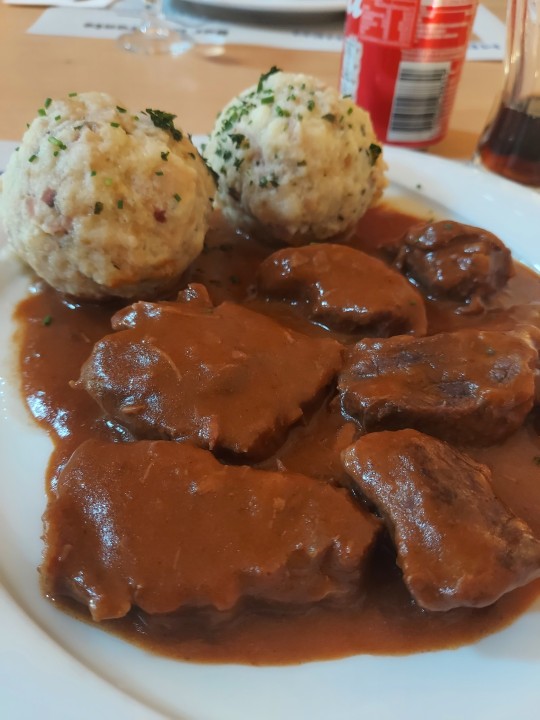
Mi sogno ancora questi canederli con gulash
2 notes
·
View notes
Text
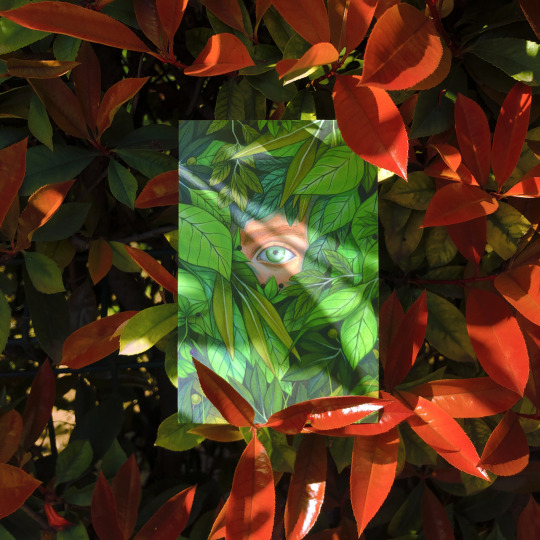
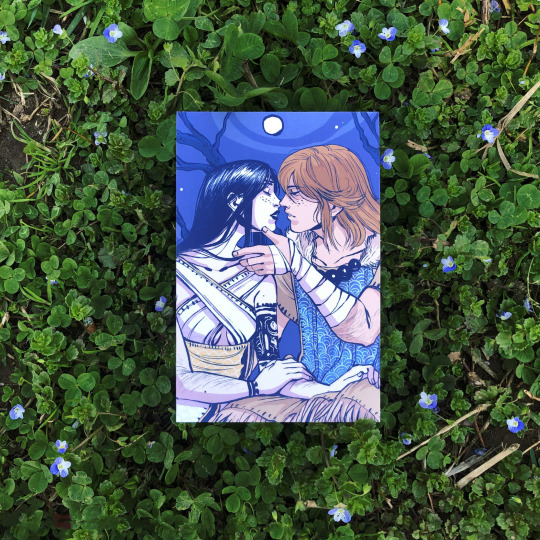
A couple of postcards of my work, produced by Collettivo Canederli. 🍒
.
You can find all my useful links and contacts HERE.
4 notes
·
View notes
